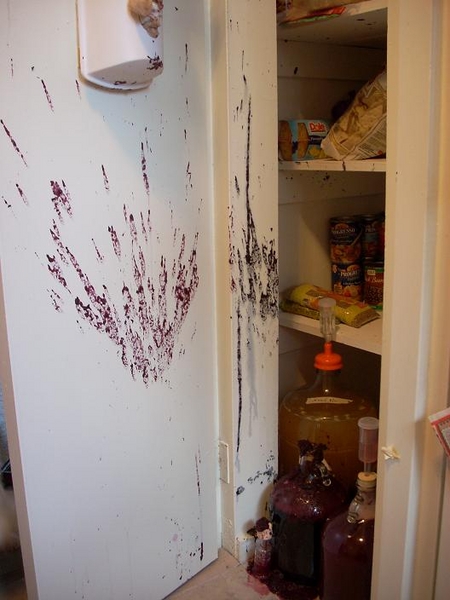MikeRLynch
Well-Known Member
Mead making was how I got into the world of homebrewing, so I figured a simple, step by step how to on mead making might benefit some of the newer members.

First rehydrate the yeast in some warm water, I'm using 71b wine yeast here

Soak 1 teaspoon of PBW or Oxyclean in a one gallon jug
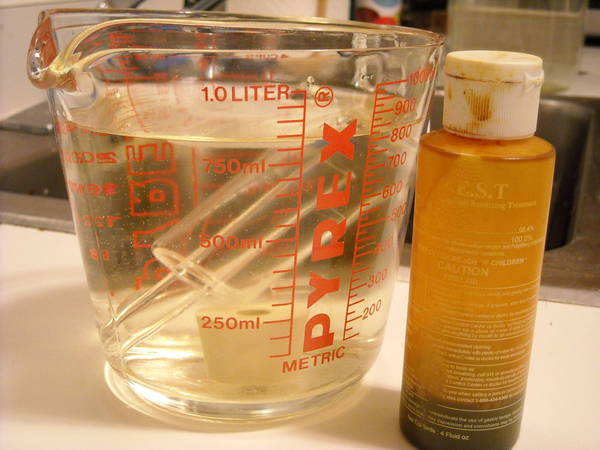
Take your airlock, with a #6 drilled rubber stopper, and soak it in some Iodaphor or Star San

For one gallon, 3 lbs of honey will make approximately a 14% abv mead
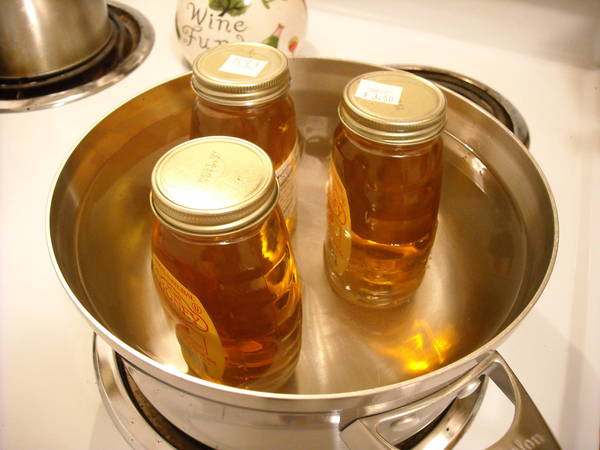
Warm the honey in some water so it will flow easier
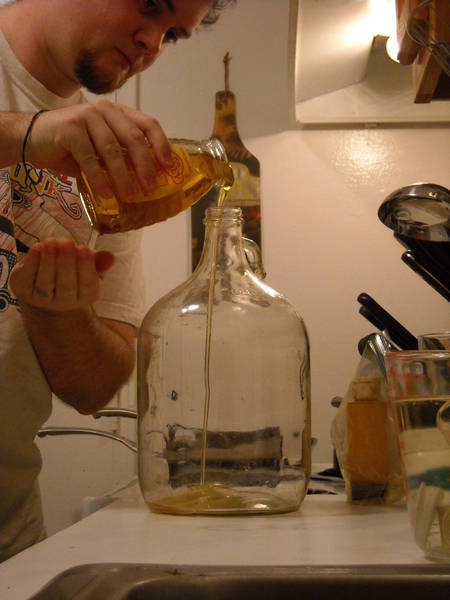
Empty the jug of the PBW, then refill it with some iodaphor. Once it has soaked for a while, dump the iodaphor out and fill it with the honey
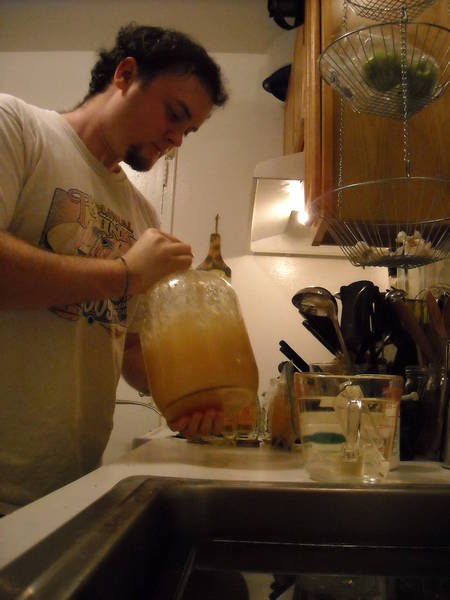
Top up with water, and give it a good shake. A really good shake. You want to make sure all of the honey is dissolved.

And that's it! Fix your airlock, and forget about it for a month!

First rehydrate the yeast in some warm water, I'm using 71b wine yeast here

Soak 1 teaspoon of PBW or Oxyclean in a one gallon jug

Take your airlock, with a #6 drilled rubber stopper, and soak it in some Iodaphor or Star San

For one gallon, 3 lbs of honey will make approximately a 14% abv mead

Warm the honey in some water so it will flow easier

Empty the jug of the PBW, then refill it with some iodaphor. Once it has soaked for a while, dump the iodaphor out and fill it with the honey

Top up with water, and give it a good shake. A really good shake. You want to make sure all of the honey is dissolved.

And that's it! Fix your airlock, and forget about it for a month!



